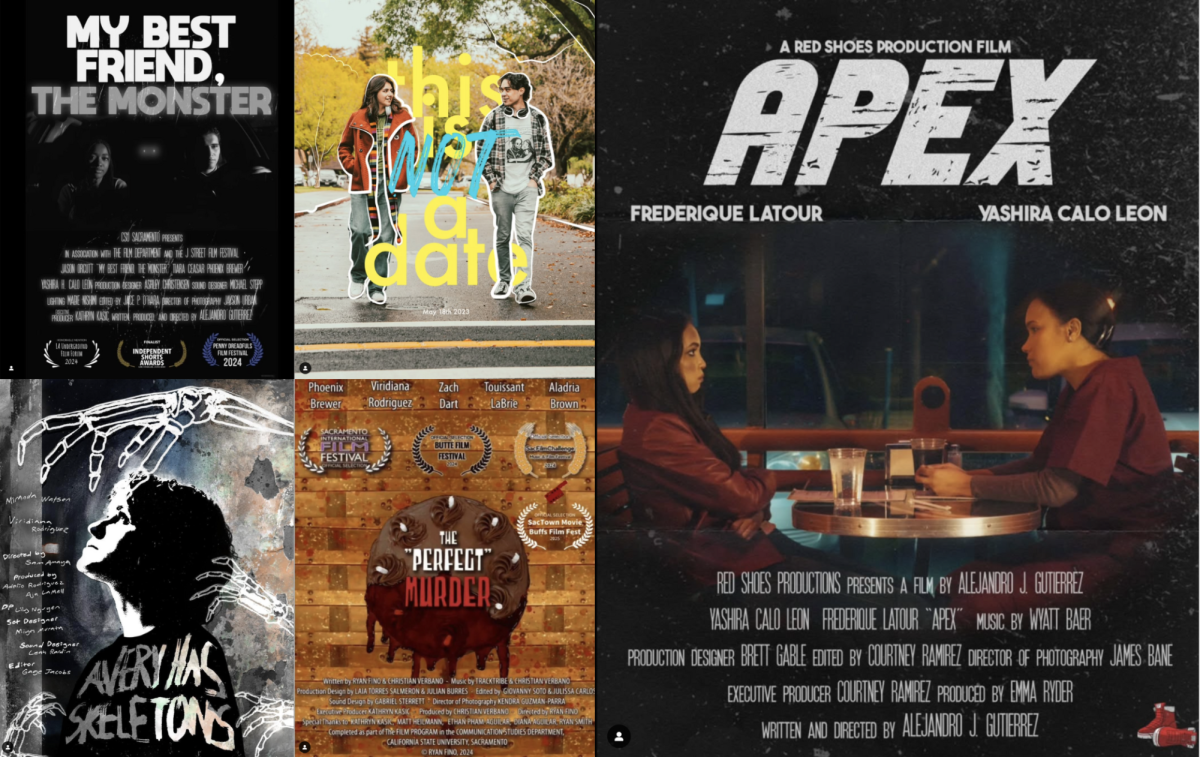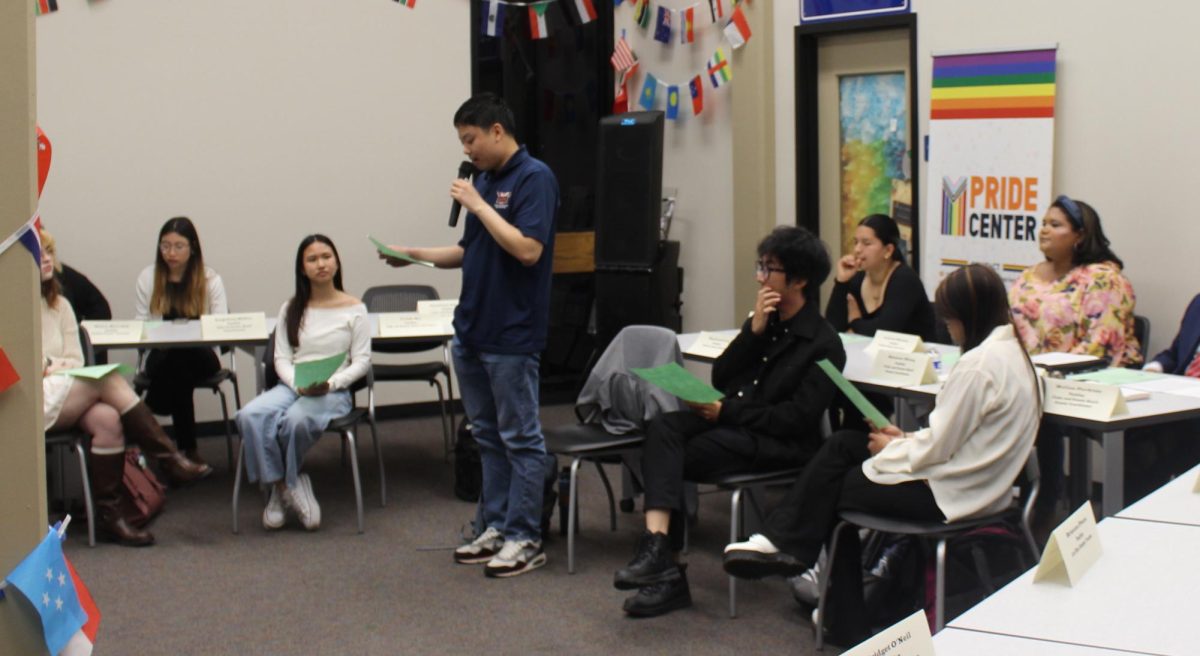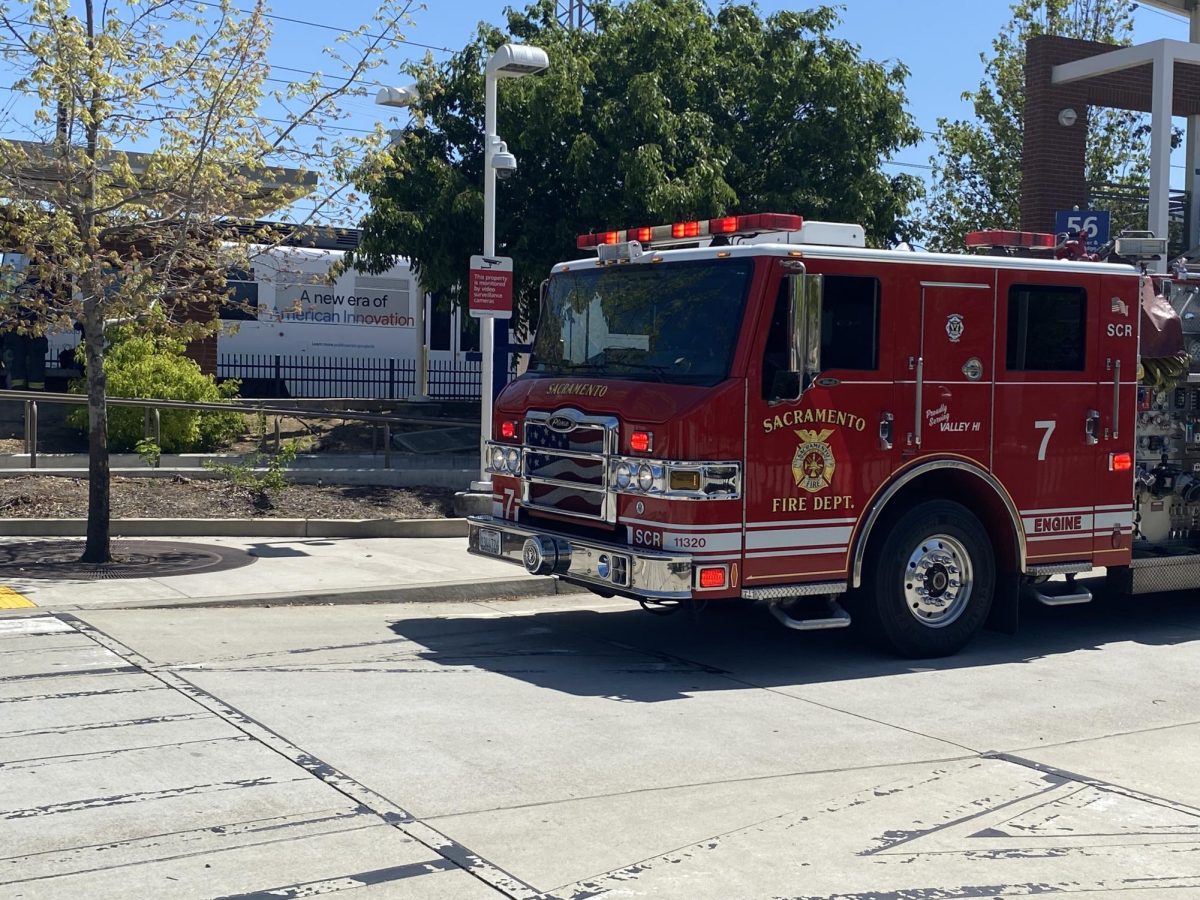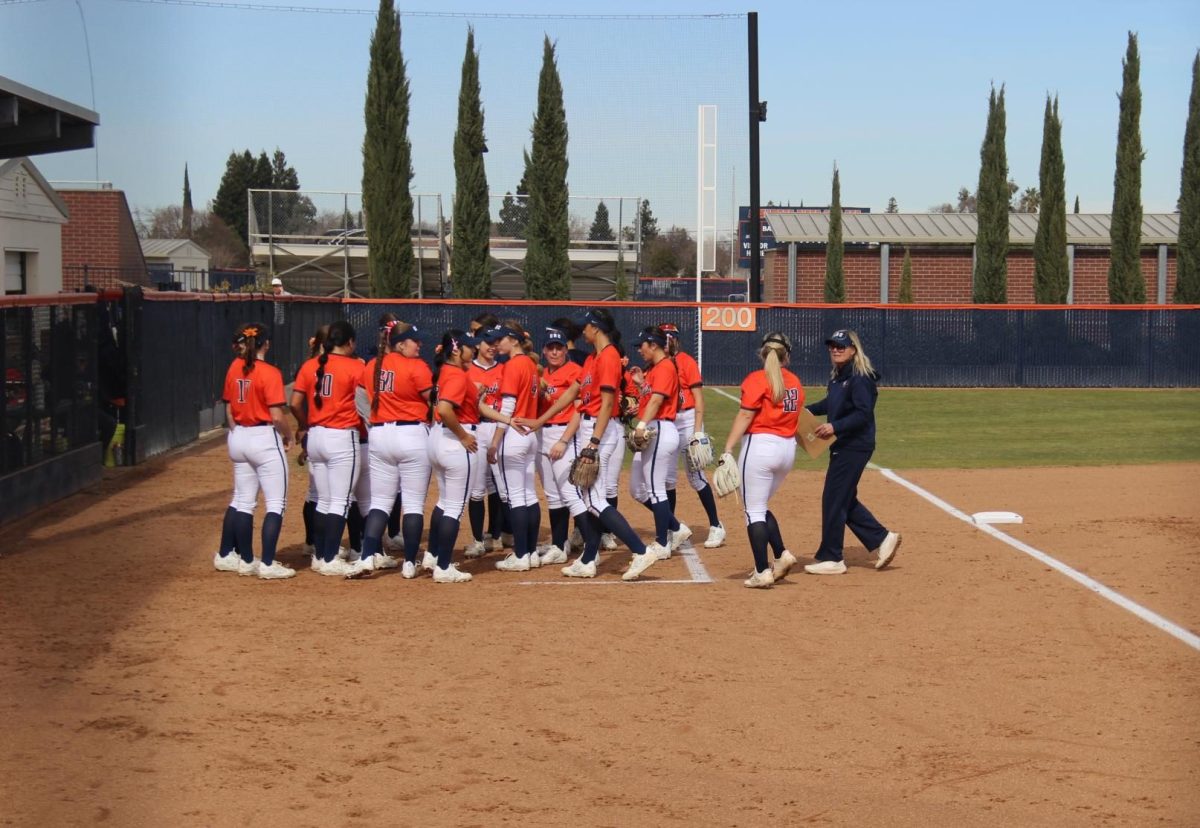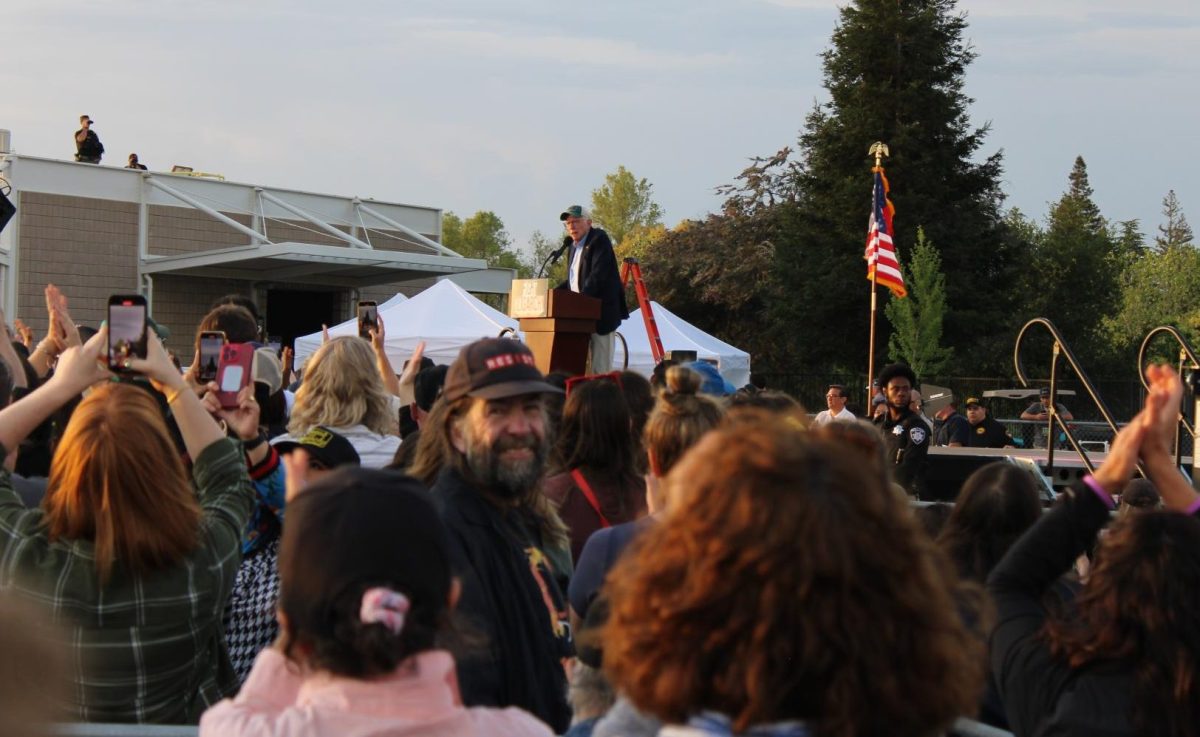Program provides students a faster path through their college years
April 9, 2014
For many, the transition into community college can seem overwhelming. In an effort to alleviate this challenge, the Student Success and Support Program has been implemented into junior colleges across California, as of 2014.
The SSSP was designed to allow students an easier way to navigate the college process through orientation and the help of school counselors through funding provided to California’s community colleges, according to the California Community Colleges Chancellor’s Office’s website.
“Declaring a major early in the process helps students focus on and at least begin to answer the question, ‘Why am I here?’ and ‘What do I want to do?’ ” said Debra Sheldon, the SSSP specialist for the CCCCO. “Although the answer to that question will change over time as students are exposed to different courses and learning experiences, asking students to declare a major sooner helps students confront the questions and avoid taking classes that won’t be of use to them.”
Funding for SSSP is provided to colleges based on campus population and can be cut based on whether or not the college enrolls new students in the program, according to SSSP funding guidelines provided by Dean of Counseling and Student Services Dr. Michael Marion.
“Basically, [the funding] keeps us at level. We’re funded at 100 percent now,” Marion said.
The funding drops in subsequent school years, while going towards things like “core services,” such as orientation, education planning services and assessment, according to the SSSP funding guidelines.
This provides a benefit to students because many, such as 19-year-old nursing major Justynne Olinda, came into college unsure of what to do.
“They have freshman orientation and it’s your choice whether to accept it or not, but a lot of people don’t really,” Olinda said. “That would have been really helpful. I took a long time to figure out what I wanted. And I didn’t know what options there were because I didn’t really research a lot.”
The SSSP looks to provide better communication between counselors and students, which begins as a requirement of incoming freshman to choose a major.
“I wish I had been provided with information on what I needed to do to succeed in the major that I have now, because it was really hard to meet with a counselor,” said Kiara Joubert, 20, a sociology major. “I had no idea what classes to take. I just took classes to get units.”
The new online orientation, through Desire 2 Learn, is required of students coming into college.
“The students are going to get started on a better foot because of that orientation,” said Tiffany Clark of Cosumnes River College’s Elk Grove Unified School District Outreach. “We did implement a new orientation. It’s a Los Rios orientation. It’s a little more in-depth then we had before and that’s been a big benefit.”
There was one major improvement that Clark said came with the new orientation for students.
“I think they have a better understanding of what the assessment process is,” Clark said. “Why it’s important, why they should look at the study guides, that we begged them to look at in the past, it gives them an overall picture of the college, how we operate and gets them more acclimated to our college system before they start that process.”
Students who already attend CRC “are grandfathered in” to the service, meaning they don’t have to complete the process, Marion said.
Despite the goals of the program, many students, such as 18-year-old biology major Sloan Chau, don’t see a benefit to incoming students choosing a major as part of enrollment.
“It’s a big life decision, you’re 17 or 18, and feel this is for the rest of your life. You’re expected to make a decision right away. And I feel it’s pressuring and kind of hard,” Chau said.
For Chau and the many other students who feel pressured by choosing a major as part of enrollment, the SSSP supports students throughout their time at junior college.
“At the end of the day we still have to focus on completion,” Marion said. “[The SSSP] looks at the whole scope of the college experience, but I think there’s a lot of other things missed that were in there as well.”
“You have people focused on the beginning, when students first come into college, and you have people that focus on the end, but I think we also have to remember that middle piece for the student that’s been here for a year and a half, or two years, and where they are now in that space,” Marion said.

